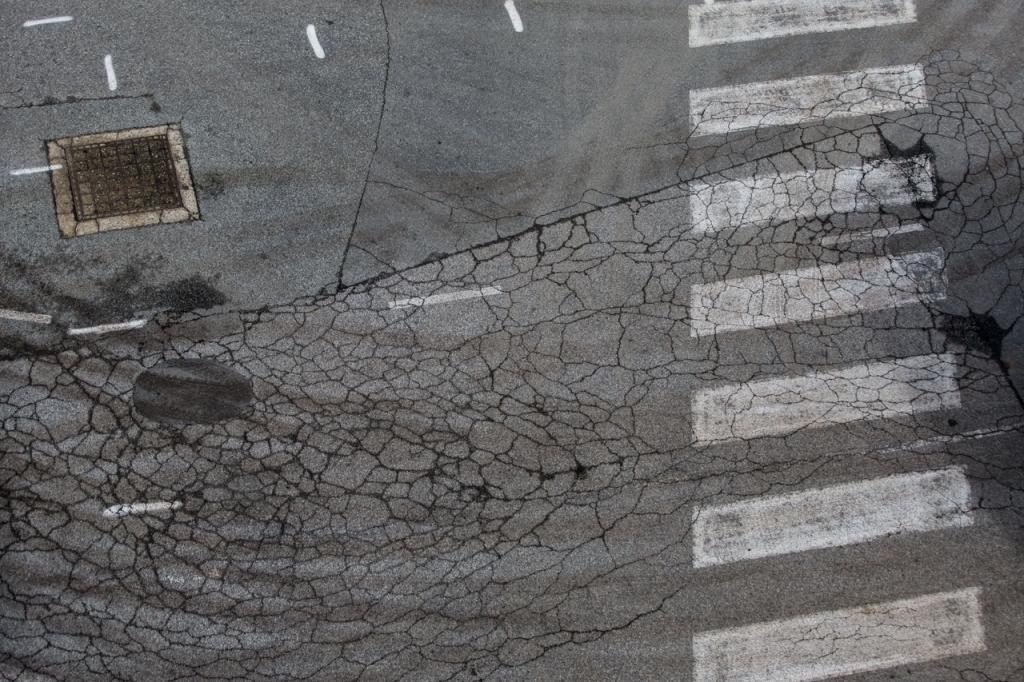If you have an asphalt driveway, carpark or workshop, you may see a variety of different cracks forming. For many people, a crack is just a crack. But if you know the difference between each of them, this might assist in understanding what type of repairing asphalt you need. Saving you time and money. Here are some of the most common cracks seen in asphalt and what you may need to fix them.
Alligator Cracking
Alligator cracking takes the shape of scales across your asphalt. It is often caused by a structural failure in the underlying base construction, which is from when the pavement was initially installed. The failure can be caused by a weakness in the original surface, a base layer that is too thin, or insufficient drainage. Cracks often begin appearing in the wheel path, before flaring out into the scale-like cracks.
How to fix: Because a structural failure is taking place, the only possible solution to this type of crack is to investigate the base material and check the thickness of the asphalt and underlying base construction. A repair method can then be arrived at and quoted.

Alligator Cracking
Edge Cracks
Edge cracks, like the name suggests, are cracks that form around the edges of your asphalt, at varying widths from the edge. The main cause for these cracks can be poor drainage conditions above and below the surface, or a lack of support around the side of the paving, heavy vegetation (tree roots etc) along the edge of the asphalt or even being in a high-volume traffic area with a low-volume pavement, can cause edge cracks to form and deepen.
How to fix: If the cracks are minor, one of the easiest ways to stop them from growing is to remove any vegetation that may be growing up and around the asphalt to fix any root damage issues. Any larger cracks may need crack sealing or even complete repair, resurfacing or replacement, depending on their size.

Edge Cracks
Linear Cracking
Linear cracks are those that are parallel to the direction of the asphalt. These can be caused by several factors, such as initial joint construction, general pavement fatigue/movement or having excessively heavy vehicles driving over or near the joint/edge.
How to fix: Less severe cracks can be temporarily fixed by crack sealing the area. If a crack is particularly deep or is causing structural damage, the area will need to be removed in sections and replaced or patch repaired, followed by a full resurface.

Linear Cracking
Block Cracking
The last type of crack is the block crack. It is named as such due to their shape, which is large interconnected rectangles. These types of cracks are not from excessive load, but from the base course and/or the asphalt design being insufficient for its intended purpose. Most commonly, these cracks occur more when the asphalt ages and becomes brittle.
How to fix: Less severe cracks can be temporarily fixed by crack sealing the area. If a crack is particularly deep or is causing structural damage, the area will need to be replaced (new base and/or asphalt).

Block Cracking
No matter what type of cracks your asphalt may have, the experts at NK Asphalt are best suited to assessing the damage and providing you with the best long-term options. Contact one of our specialists for ways of repairing asphalt.
Repairing Asphalt: Get a Perth asphalt resurfacing quote
If your job is 150m2 or more and in the Perth or surrounding areas.
share


